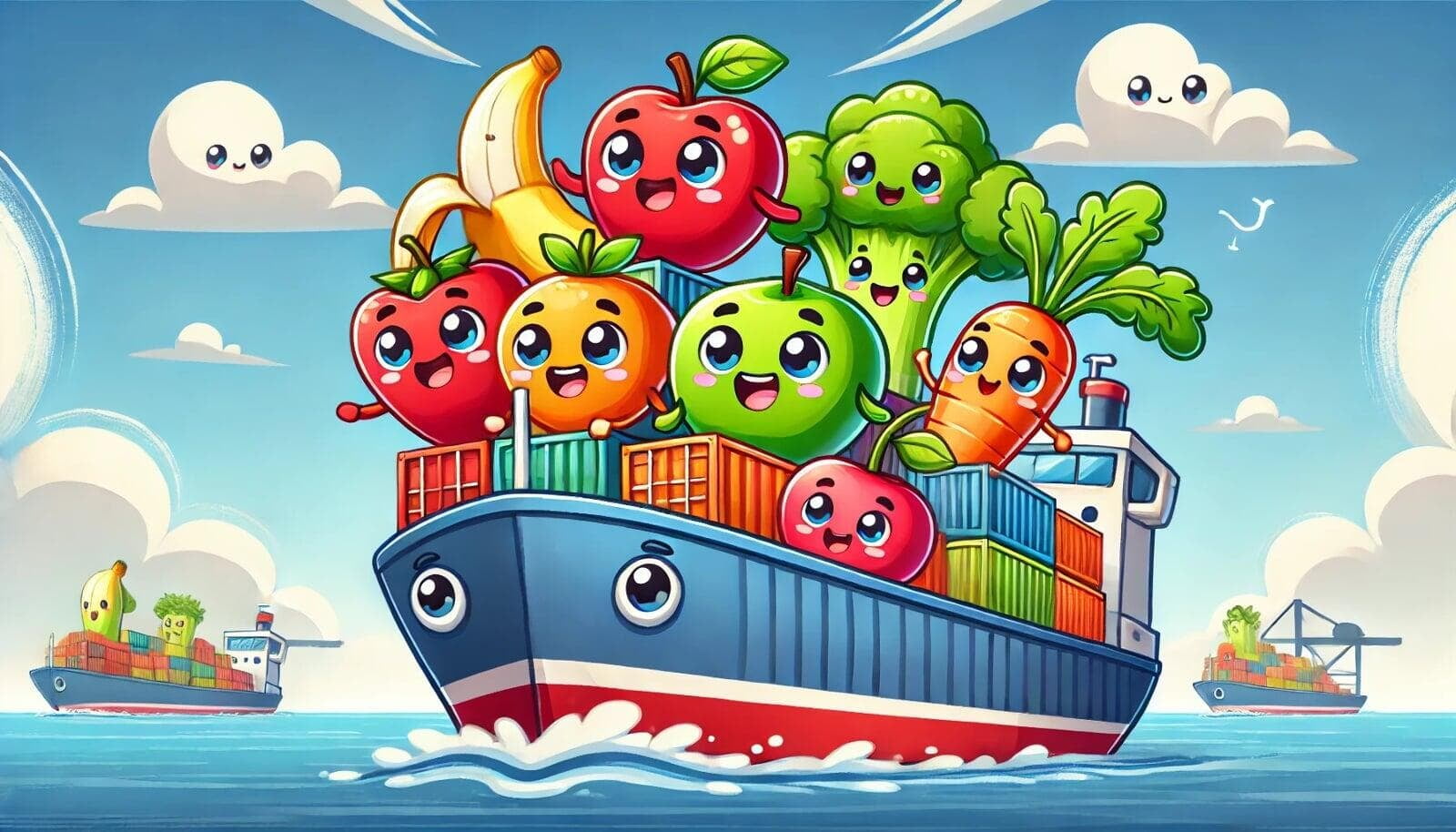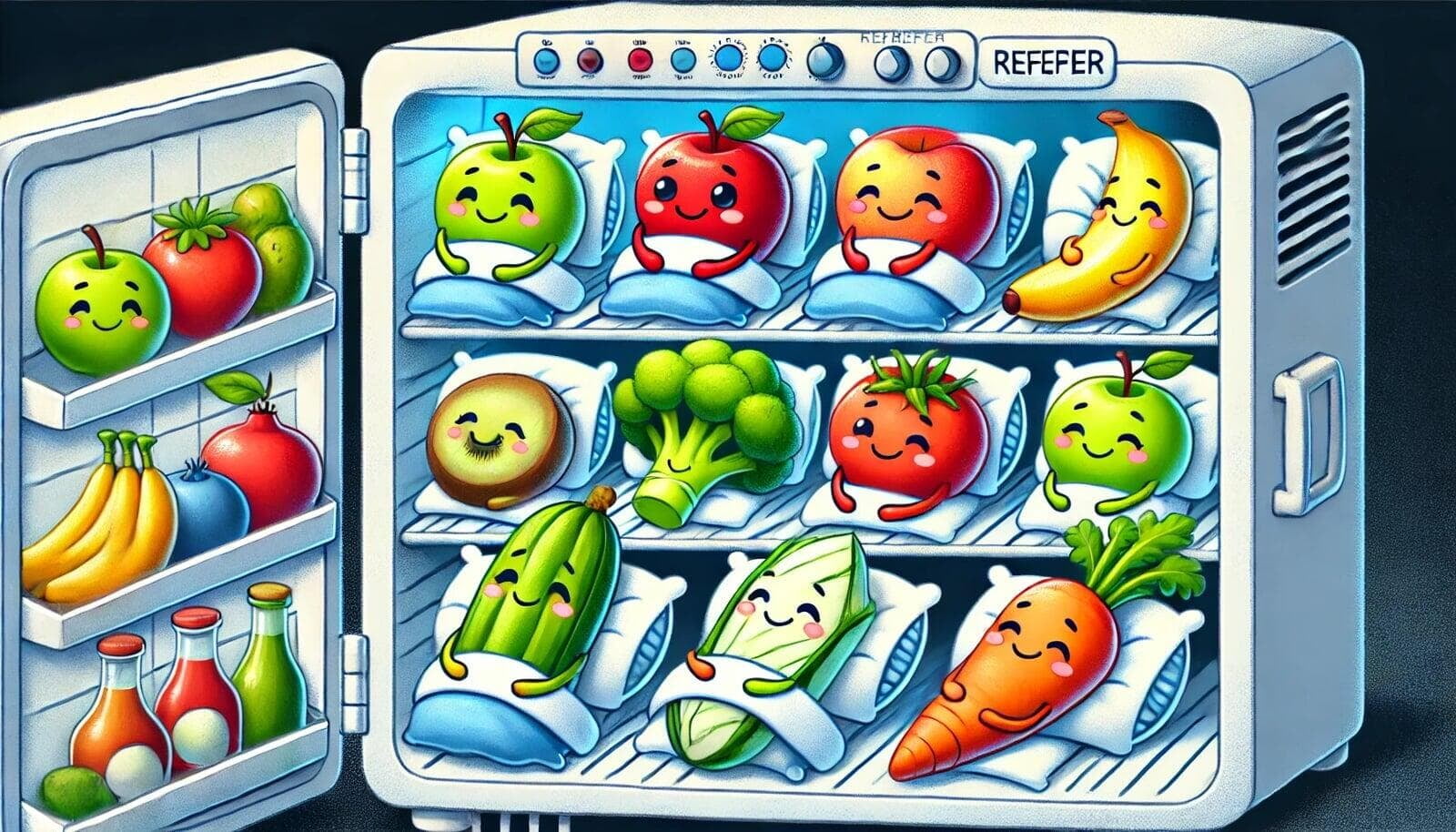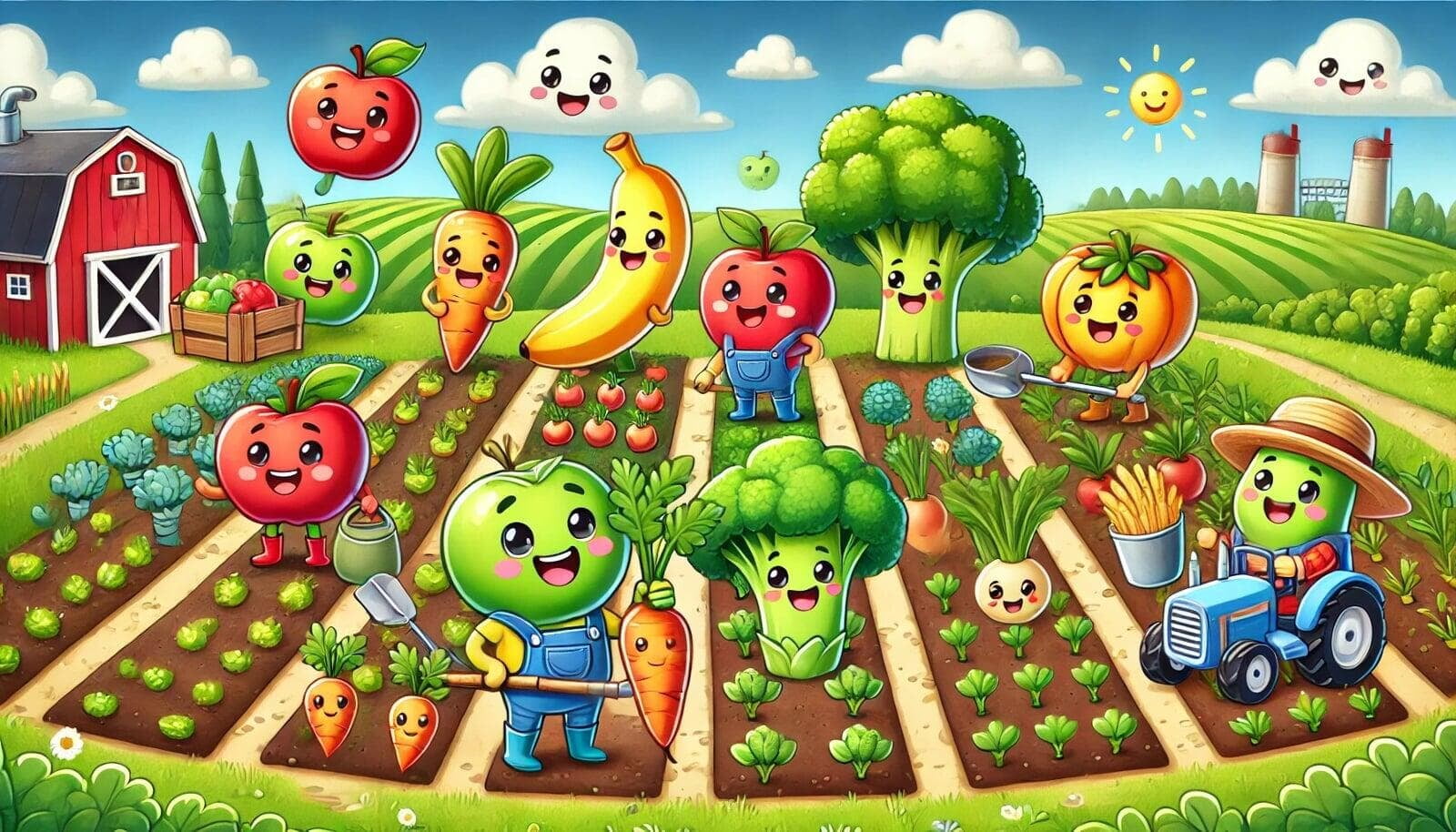
In our modern globalized world, the ability to enjoy fresh fruits and vegetables from around the globe has become a common convenience. Whether it’s blueberries from Chile, avocados from Mexico, or kiwis from New Zealand, the fresh produce on our supermarket shelves often travels thousands of miles to reach us. How is it possible for these perishable items to make such long journeys without spoiling? The answer lies in the remarkable advancements in agricultural logistics, technology, and supply chain management. Let's explore the key factors that enable fresh produce to traverse the globe while maintaining their freshness.
Harvesting and Post-Harvest Handling.
The journey of fresh produce begins with strategic harvesting. Fruits and vegetables are typically harvested at their peak ripeness or just before, ensuring they have the maximum shelf life. Post-harvest handling involves several critical steps:
- Pre-Cooling: Immediately after harvest, produce is cooled to remove field heat. This step is crucial in slowing down the respiration rate and delaying ripening.
- Sorting and Grading: Produce is sorted and graded to remove any damaged or overripe items, ensuring only the best quality reaches consumers.
- Washing and Sanitizing: To reduce the risk of spoilage and contamination, fruits and vegetables are often washed and sanitized before packing.

The Cold Chain: A Temperature-Controlled Journey.
Maintaining a consistent and optimal temperature throughout the supply chain is vital to preserving the freshness of produce. This is achieved through the cold chain, a temperature-controlled supply chain that includes:
- Refrigerated Transport: Whether by truck, ship, or airplane, refrigerated transport units, known as reefers, maintain the necessary cool environment. These units are equipped with sensors to monitor and adjust temperature, humidity, and sometimes even atmospheric composition.
- Cold Storage: At various points in the supply chain, produce is stored in refrigerated warehouses to ensure consistent cooling. Advanced cold storage facilities use technologies like controlled atmosphere storage to further extend shelf life by adjusting oxygen and carbon dioxide levels.
- Real-Time Monitoring: IoT sensors and GPS tracking allow for real-time monitoring of conditions during transit, ensuring that any deviations are quickly corrected to prevent spoilage.
Innovative Packaging Solutions.
Packaging plays a pivotal role in protecting and preserving fruits and vegetables during their journey:
- Modified Atmosphere Packaging (MAP): This technique involves altering the composition of gases inside the packaging to slow down the ripening process. Reduced oxygen levels and increased carbon dioxide can significantly extend the shelf life of many fruits and vegetables.
- Cushioning Materials: For delicate produce like berries or tomatoes, cushioned packaging prevents bruising and damage during transport.
- Breathable Films: Certain types of produce require ventilation to prevent moisture buildup and mold growth. Breathable films in packaging allow for the right amount of air exchange.
Efficient Logistics and Transportation Networks.
The efficiency of logistics networks is a critical factor in ensuring the timely delivery of fresh produce:
- Air Freight for High-Value Items: For highly perishable and high-value items, air freight offers the quickest transport solution, often delivering produce within 24 to 48 hours.
- Sea Freight for Bulk Shipments: For less perishable items, sea freight is a more economical option. Modern container ships with advanced refrigeration technology ensure that produce stays fresh during long ocean voyages.
- Integrated Supply Chains: Coordination between growers, transporters, and retailers is essential. Integrated supply chain management systems optimize routes, reduce transit times, and ensure seamless transitions between different modes of transport.

Advanced Technology and Innovation.
Continuous advancements in technology are driving improvements in the global distribution of fresh produce:
- Artificial Intelligence (AI): AI and machine learning algorithms optimize harvesting times, predict shelf life, and enhance route planning for transportation, ensuring maximum freshness.
- Drones and Robotics: Automation in harvesting, sorting, and packaging increases efficiency and reduces handling time, minimizing the risk of damage and spoilage.
- Blockchain Technology: Blockchain provides a transparent and tamper-proof record of the produce journey, from farm to fork, ensuring traceability and quality assurance.
Sustainable Practices and Future Trends.
Sustainability is becoming increasingly important in the global distribution of fresh produce. Practices such as reducing food waste, using eco-friendly packaging, and optimizing transportation to lower carbon footprints are gaining traction. Future trends may include more localized vertical farming, reducing the need for long-distance transportation, and further advancements in preservation technology.
Conclusion.
The ability to enjoy fresh fruits and vegetables from around the world is a testament to the sophisticated logistics and technological advancements in the agricultural supply chain. From precise harvesting techniques and temperature-controlled transportation to innovative packaging and real-time monitoring, every step is meticulously managed to ensure that produce remains fresh. As technology continues to evolve, we can look forward to even greater efficiencies and sustainability in the global journey of our favorite fruits and vegetables.


